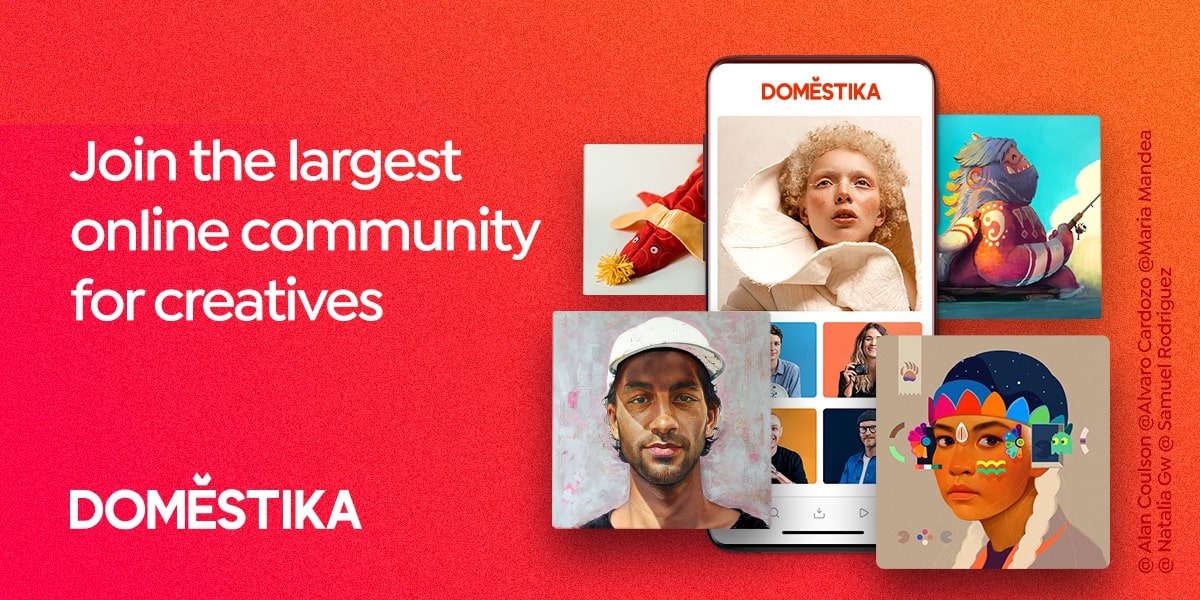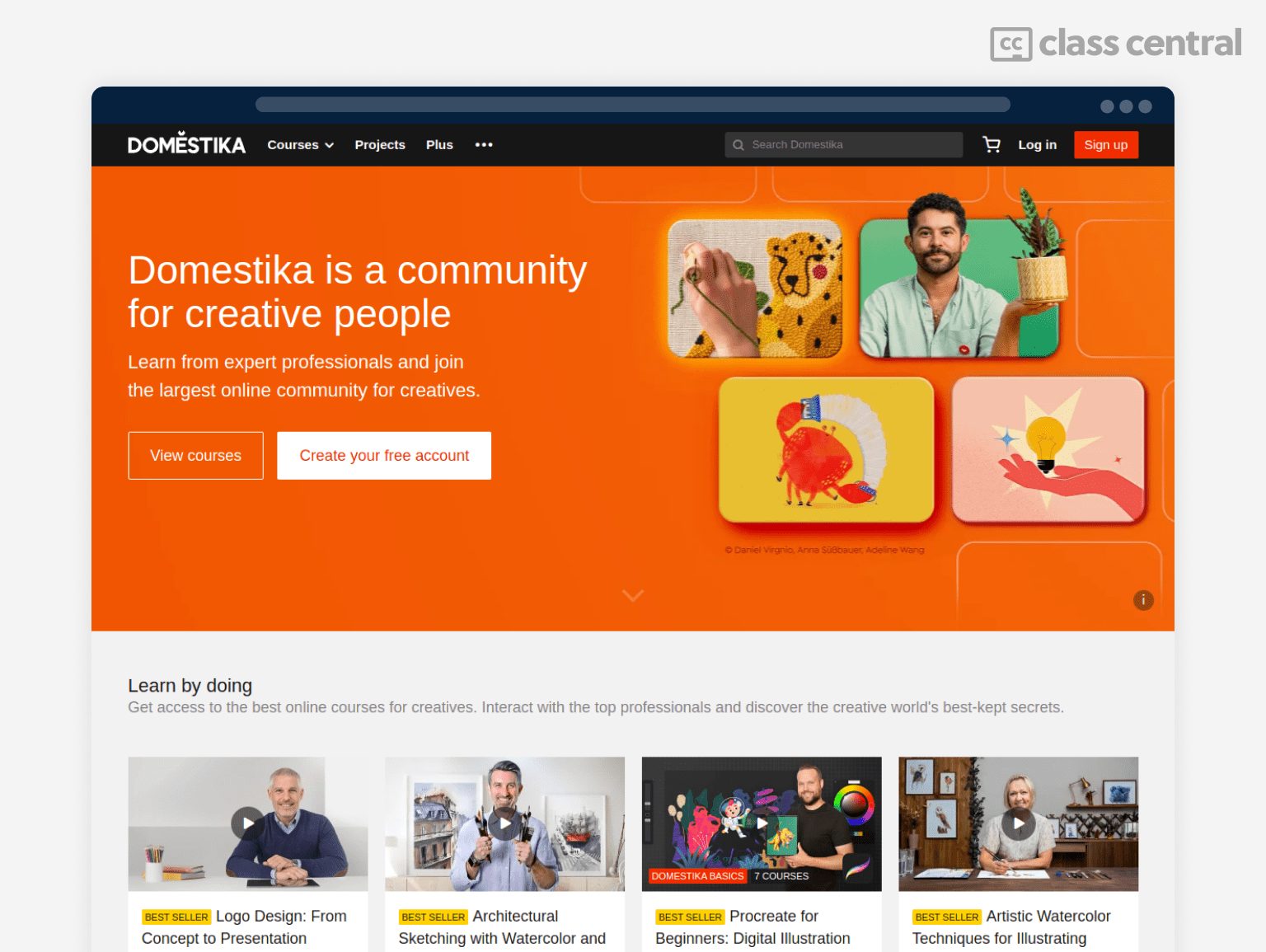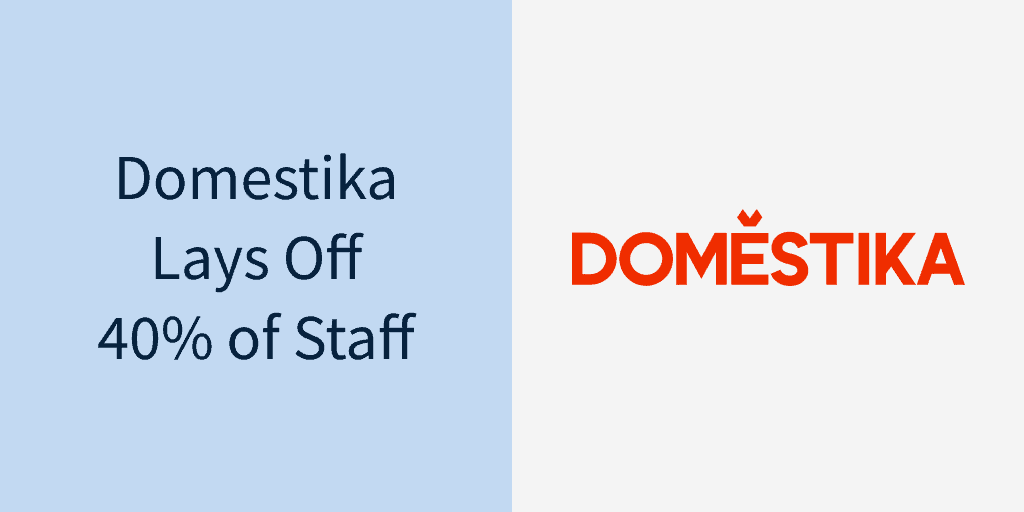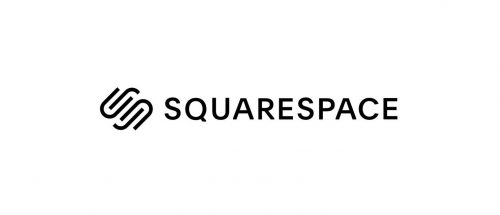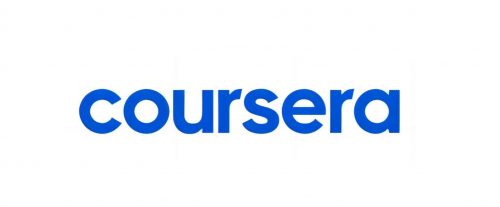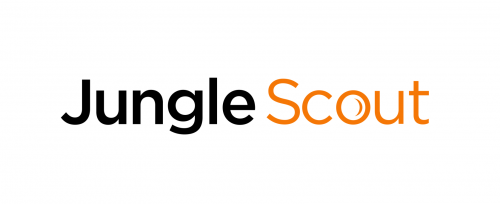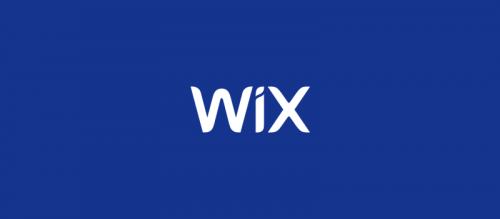FTC Disclosure:This post contains affiliate links.We’re independently supported by our readers and we may earn a commission when you buy through our links.
Table of Contents
Introduction
Domestika is an online learning platform that offers courses in various creative skills like illustration, design, photography, and more. With over 1,000+ courses taught by industry experts, Domestika has become one of the go-to places for creatives looking to develop their skills.
But is Domestika worth investing your time and money in? In this detailed review, we’ll take an in-depth look at what Domestika has to offer, its pricing, features, and more to help you decide if its courses are a worthwhile investment for you.
Overview of Domestika
Domestika was founded in 2013 in Spain by a group of young creatives who wanted to share their knowledge and skills with others online. The platform offers video courses led by experienced teachers on topics ranging from hand lettering and web design to AI and game development.
Some key facts about Domestika:
- Over 1,000+ courses in various creative domains like illustration, crafts, marketing, photography, design, animation, etc.
- Courses are project-based and focus on practical, hands-on learning.
- Teachers are working professionals in their creative fields.
- Available in English, Spanish, Portuguese, German, Italian and French
- Used by over 5 million students worldwide
What Does Domestika Offer?
Domestika’s courses cover various creative skills at various levels, from beginner to advanced. Here are some of the main categories of courses available on Domestika:
- Design – Courses on graphic design, web/UX design, typography, branding, packaging design, and more. Platforms like Photoshop, Illustrator, InDesign, Figma, etc. are covered.
- Illustration – Courses on digital and traditional illustration, comic art, character design, sketching, painting, and more.
- Crafts – Sewing, embroidery, pottery, candle making, glasswork, and other handmade craft courses.
- Photography & Video – Courses on photography techniques, lighting, editing, videography, and after-effects.
- Animation – Traditional and 3D animation, motion graphics, and VFX courses using popular software like After Effects.
- Architecture & Spaces – Courses on interior design, drafting, CAD, architectural visualization, tiny homes, etc.
- Business – Marketing, social media, freelancing, prototyping, and other business-focused creative courses.
- Technology – Game design, web development, data science, machine learning, programming, and creative tech courses.
Domestika also offers specialized courses for teachers looking to establish online courses on the platform. Overall, it covers an impressive range of efficient skills and software for every creative professional.
Course Structure and Learning Experience
Domestika courses are comprehensive video tutorials with additional downloadable resources for hands-on learning. Courses consist of an average of 30 lessons of 10 minutes each. Lessons include video tutorials, practical exercises, assignments, source files, teacher feedback, and Q&As.
The courses teach skills systematically, starting with the basics and slowly progressing to more complex techniques. Teachers share best practices and pro-tips that help shorten the learning curve. All courses are project-based, with students working towards a final portfolio project to consolidate their learning.
I like Domestika’s hands-on learning approach. Watching the teacher create something step-by-step and then doing it yourself offers valuable practice. The bite-sized video lessons are also easy to consume and fit well with busy schedules.
Compared to passive video learning, Domestika’s structured courses, with support from teachers, provide a much more engaging and personalized learning experience.
Domestika Teachers and Community
Domestika’s biggest asset is its talented pool of teachers who are working professionals and experts in their fields. They bring their years of industry experience to crafting practical courses that deliver accurate results. common names include Marta Nael, Gabriel Picolo, Isabelle Feliu, and Leticia Gillett.
Teachers are active in answering student questions and reviewing assignments. You can even message them 1:1 for any course-related doubts. Interacting with passionate, experienced teachers adds tremendous value to your learning journey.
Besides teachers, Domestika also has an engaged community of students and creatives. You can showcase and get feedback on your course projects, see other students’ work, read course reviews, join live streams, and more. Being part of this creative community is motivating and inspiring.
Domestika Pricing
Domestika offers different purchasing options:
- Single courses – Prices range from $9.90 for short courses to $199 for advanced, comprehensive courses. The average course price is around $30.
- Unlimited plan – For $25/month, you get unlimited access to all Domestika courses for your personal use. Additional options for teachers and schools are also available.
Considering the high production quality and teacher expertise involved, Domestika courses are reasonably priced, especially compared to college degrees or boot camps in creative fields. The unlimited plan offers tremendous value if you want to take multiple courses.
They regularly offer up to 60% discounts, so only pay the total price. You can also purchase gift cards at discounted prices from third-party sellers. Overall, Domestika offers high-value professional courses at very affordable prices.
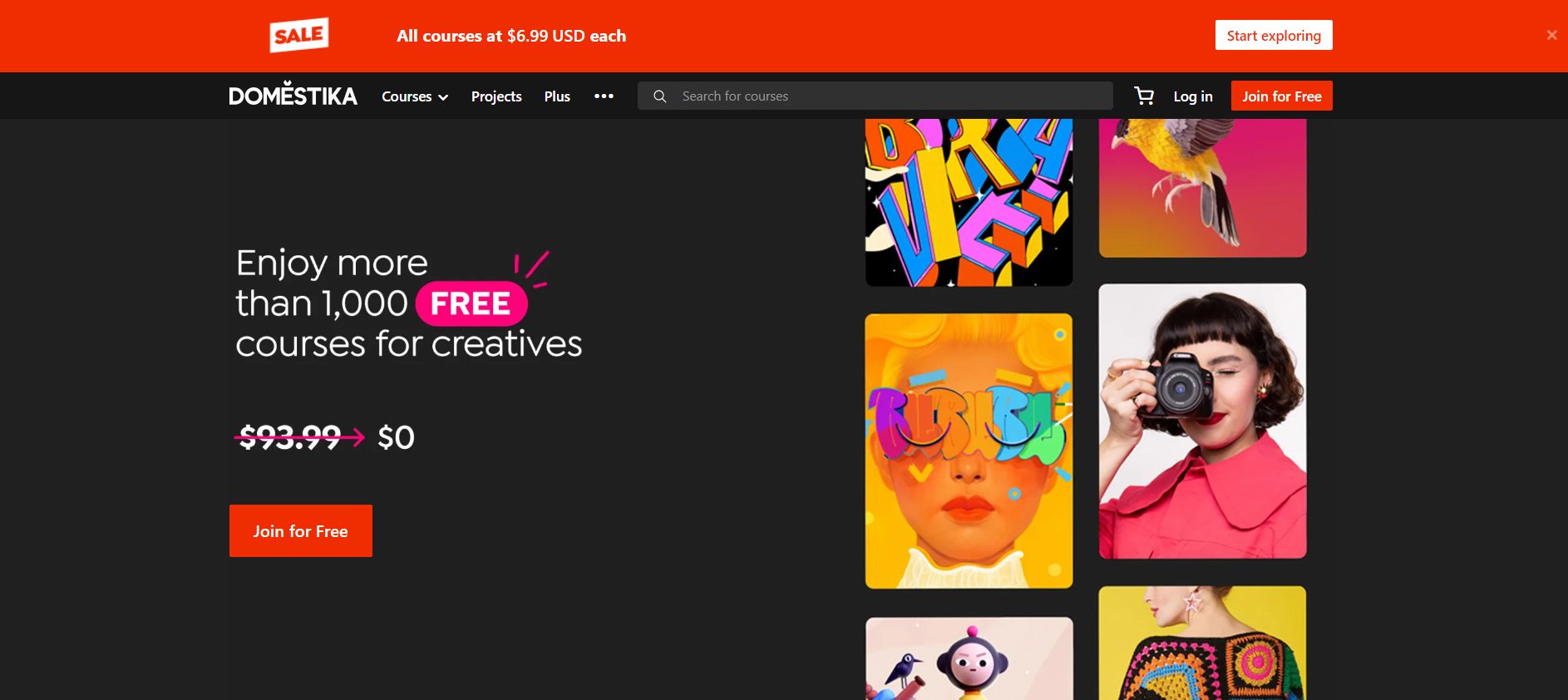
Certificates
Completing a course earns you a Certificate of Completion. You can earn a Certificate of Completion with Teacher Evaluation for courses with assignments graded by teachers, which looks more credible on your portfolio or resume.
Domestika also partners with design schools and firms to offer accredited professional certificates on selected advanced courses. These co-issued certificates can boost your career prospects.
Pros & Cons of Domestika
Here is a quick rundown of some of the pros and cons of using Domestika based on my experience:
Pros
- Well-structured courses deliver practical skills efficiently
- Experienced teachers provide valuable guidance and feedback
- Very affordable compared to design schools or degrees
- Covers a wide range of creative domains and tools
- Innovative learning formats like live streams and challenges
- Thriving student community for feedback and growth
- Discounted pricing through sales and gift cards
Cons
- Pre-requisite skills needed for some advanced courses
- Lack of dedicated mentor support
- The peer feedback feature needs improvement
- Only digital certifications, no accredited degrees
- Limited courses for traditional arts and music
In summary, Domestika scores highly regarding course quality, hands-on learning, talented teachers, and value for money. The few limitations are not dealbreakers for the target audience of creative professionals and aspirants looking to develop new skills.
Is Domestika Worth It for You?
Whether the investment in Domestika is worth it depends mainly on your learning objectives and needs:
- Domestika provides a structured introduction through project-based courses at very affordable prices for beginners exploring a new creative field. The teacher feedback and community help you improve your skills efficiently.
- For intermediate learners looking to level up specific skills like Photoshop, watercolors, or motion design, curated Domestika courses deliver focused learning. You expand your skillset with the latest techniques.
- Professionals can take advanced courses on specializations like UI/UX design, 3D animation, or hand lettering to stay ahead in their domain and open career growth opportunities.
- Lifelong learners can take courses across domains like photography, baking, gardening, coding, etc., as hobbies without spending too much.
The unlimited subscription plan makes Domestika accessible even for students with limited budgets. You can learn almost any creative skill from industry experts at a fraction of the cost of design degrees and with flexible time commitments.
However, if you need more active mentoring or accredited certifications, Domestika may not suffice, and you may be better off pursuing formal degree programs.
Conclusion
Domestika has become the go-to online learning platform for creatives by providing high-quality, affordable courses taught by industry practitioners in various artistic and technical domains.
The well-structured, project-based courses efficiently deliver practical skills and concepts through hands-on learning. You learn from passionate teachers and become part of a thriving creative community.
Considering the pricing, expertise, flexibility, and results it offers, Domestika is a worthwhile investment for anyone looking to develop or expand their creative skills and take their passion to the next level. The unlimited access plan makes professional creative education accessible to everyone.
So, you’ve been looking for a structured way to turn your creative interests into professional-grade skills. In that case, Domestika provides enormous value for money and is well worth your precious time and money.

